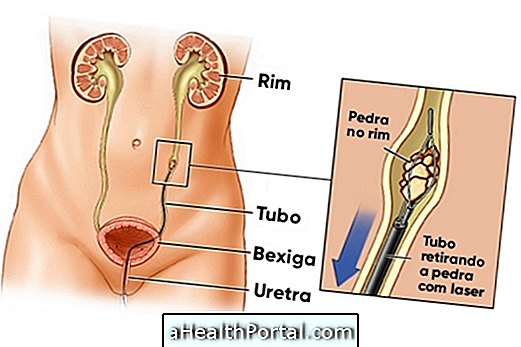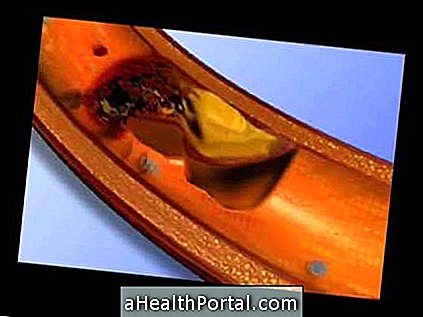Kidney stone surgery is used only when kidney stones are more than 6 mm or when taking medicines is not enough to eliminate them in the urine.
Usually, surgery for kidney stone surgery lasts up to 3 days, and is more time consuming for stones over 2 cm, when it is necessary to make a cut to reach the kidney, and it can take up to 1 week for the patient to return to the kidney. work, for example. Learn the care you should take in: General care after any surgery.
After surgery for kidney stone, the patient should maintain a healthy diet and ingest at least 1 liter of water daily to prevent the onset of new kidney stones. Learn more about what diet should be in: Feeding for kidney stone.
Price of kidney stone surgery
The price of surgery for kidney stone varies according to the type of surgery used, but usually it is around 2 thousand reais. Surgery can be done through the SUS in the most severe cases, but most health plans include this type of treatment.
Types of Surgery for Kidney Stone
The type of surgery for kidney stone depends on the size of the kidney stone, but the most commonly used treatments include:
1. Laser surgery for kidney stones

Laser surgery for kidney stone, also known as ureteroscopy, is used to remove stones less than 15 mm by introducing a small tube from the urethra to the patient's kidney where, after finding the stone, a laser to break down the kidney stone into small pieces that can be eliminated in the urine.
Recovery from surgery: During laser surgery for kidney stones, general anesthesia is used and it is therefore necessary to stay hospitalized for at least 1 day until recovering from the effects of anesthesia. This type of surgery does not leave any type of mark and allows the patient to return to his normal activities in less than 1 week after the surgery.
2. Surgery for kidney stone with shock waves

Kidney stone surgery with shock waves, also called extracorporeal nephrolithotripsy, is used for kidney stones with a size between 6 and 15 mm. It is made with a device that produces shock waves focused just on the rock to break it into small pieces that can be eliminated in the urine.
Recovery from surgery: Surgery for kidney stones with shock waves is usually done without anesthesia, so the patient can return home on the same day. However, it is recommended that you rest at home for 3 days until all pieces of stone are removed through the urine.
3. Kidney stone surgery with video

Kidney stone surgery with video, scientifically known as percutaneous nephrolithotripsy, is used in cases of kidney stone over 15 mm. It is done through a small cut in the lumbar region, where a needle is inserted into the kidney to allow the entrance of a special device, called a nephroscope, that removes the kidney stone.
Recovery from surgery: This type of surgery is usually done under general anesthesia and, therefore, the patient returns home 1 to 2 days after surgery. During home recovery, which takes about 1 week, it is recommended to avoid impact activities such as running or lifting heavy objects, and do the cut-off treatment every 3 days or as recommended by your doctor.
Risks Of Kidney Stone Surgery
The main risks of surgery for kidney stones include kidney damage and infections. Thus, during the first week after surgery it is important to be aware of some symptoms such as:
- Renal cramps;
- Bleeding in the urine;
- Fever above 38ºC;
- Intense pain;
- Difficulty urinating.
When the patient has these symptoms, they should immediately go to the emergency room for diagnostic tests, such as ultrasonography or computed tomography, and initiate appropriate treatment, avoiding worsening of the situation.





















